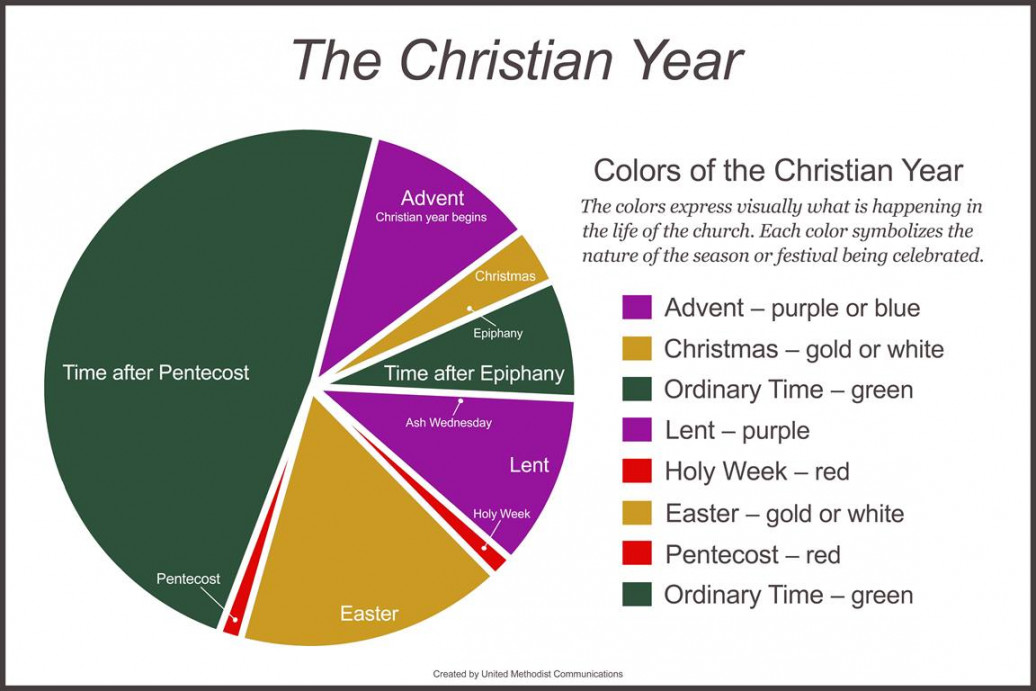1857 Elsah home is an ode to its caretakers
BY JIM WINNERMANSpecial to the PostDispatch

On a side street that ends abruptly at a steep hill in a historic Illinois village alongside the Mississippi River, the Hall residence appears as if it has just been constructed. But, as the phrase “appearances can be deceiving” implies, nothing could be further from the truth. Built in 1857, the home is a perfect example of how a cadre of owners have lovingly bestowed their attention to maintaining the home in pristine condition.
Steve and Cindy Hall purchased the two-story light brown brick home just a year ago but consider themselves as caretakers more than owners. A strong commitment to preserve the property for the next residents is present when they talk about where they live.
Originally the home was built as the parsonage for a Methodist preacher in anticipation of building a Methodist Church, which was finally constructed in 1874 across the street where it still stands today. For the 17 years before the church opened, the Halls’ living room was used for weddings, funerals and other church business.
People are also reading…

Today the view from the Halls’ front door frames the brilliant white church with a tall steeple as if it were a scene on a calendar. Still used for religious services twice weekly, the building is also the site for numerous weddings throughout the year.
A hundred years after it was built, the home underwent a major restoration in the 1970s. A red, two-bay carriage house was moved from Millstadt and added onto one side of the home, complete with an archway attached to an outhouse now used for storage. At the same time the back wall of the existing Elsah home was expanded to add a primary bedroom suite on the second floor.

The Halls were frequent visitors to Elsah, and in the fall of 2022, they were enjoying a picnic in the park in front of the church while admiring the home and daydreaming about what it would be like to live there. “Cindy decided there was nothing to lose by inquiring if the owners were interested in selling, and ventured over to ask,” Steve recalls.
“They told us they would keep our number,” Cindy says. “Three weeks later they called just to talk about the history of the home and how much they enjoyed living there.”
“We think they just wanted to be sure we would be the right owners and respect the home as they did. Another three weeks went by, and they sold it to us.” Inside, the home was in “move-in” condition. Especially so since the previous owner sold it with all the furniture included. However, the Halls sold two homes they owned before moving in, and combining the furniture from three dwellings proved to be a challenge. They kept some of the antiques like the bedframe in the primary bedroom, and, brought in some of their own furniture.
“We gave away and donated a lot of what we had,” Steve says.
In the sunny kitchen, an old grocery store counter with the original red and mustard colors forms a U-shaped workspace. Around the perimeter of the room a shelf contains a collection of vintage pottery and antique collectibles in keeping with the age of the home.
Throughout the home each room features period appropriate wall colors, crown molding and door casings topped with subtle pediments. Between the kitchen and the dining room the original wide, wooden threshold from 1857 remains in place, showing evidence of more than a century of foot traffic.
The Halls have decorated the walls of their residence with a variety of historical photos of homes in the village and artwork by their children. Cindy is fond of bright colors, and has added several framed pieces of colorful contemporary art.
Another theme of the décor is what might be described as primitive “fish art.” Mobiles of wooden fish dangle in front of several windows, and drawings of fish hang on some walls. In fact, one room in the home is destined to be devoted to Steve’s hobby of fly tying, the process of producing an artificial fly used by some fishermen to catch fish.
And then there is the “train room” just off the kitchen. On a high shelf circling the room near the ceiling an American Flyer train passes over a bridge and through a tunnel to the accompanying sounds of an actual steam locomotive. “I have the pellets to create the steam coming from the engine,” Steve says.
Outside, a freestanding wood-burning stove has been added in front of the stone retaining walls Steve rebuilt into the steep hillside in the rear yard. “I sit in front of the fire with my coffee most mornings thinking about how fortunate we are to be living in this house and village,” he reflects.
Elsah’s Home for the Holidays House Tour
What• Eight historic homes will be open for touring (including the Hall residence,) along with Elsah’s public buildings, churches, inns and shops.
When• 1 to 5 p.m. Dec. 2
How much• Tickets are $20 in advance (historicelsah.org/tickets), or $20 on the day of the event.
Ages• She is 61, and he is 63.
Occupations• Cindy is a hospice nurse and is employed by BJC HealthCare. Steve recently retired as a director of transportation at the Southwestern School District based in Brighton, Illinois.
Family• Cindy has three boys and three grandchildren. Steve has two daughters and four grandchildren. All reside in the St. Louis area. “Doc the cat” follows Steve around Elsah on his daily walk and has been bestowed the honorary title of “the mayor” by village residents. “Toby the Turtle” emerges from the woods once week for her strawberry treat on the back porch. The reptile has been visiting neighbors for over a decade.
Get local news delivered to your inbox!